1. Fastest Spinning Star?
Fleeing from the scene of a violent supernova explosion, a compact runaway star may be the fastest traveling pulsar yet discovered, scientists say. The small but powerful star is rushing away from the source of the blast almost 25 times faster than most similar objects move.
When the dust clears from a supernova, the outer layers of the dying star blow into space, leaving behind a neutron star, which is a city-sized object with a mass comparable to the sun.
2. Ocean Health
In a new perspective on ocean health, one that looks through the lens of both humans and the natural world, scientists give Earth's seas a grade of 60 out of 100, meaning there's lots of room for improvement, they say.
The new index ranks oceans' health and the benefits they provide to humans using 10 categories, such as biodiversity, clean waters, ability to provide food for humans and support of the livelihood of people living in coastal regions.
3. High-Res View of Mars
NASA's Mars rover Curiosity has beamed home high-resolution colour photos of its Red Planet landing site, showing terrain strikingly similar to the deserts of the American Southwest.
Curiosity snapped the pictures with its 34-millimetre Mast Camera on Aug. 8 PDT (Aug. 9 EDT), just three days after its daring and dramatic touchdown inside Mars' Gale Crater. Mission scientists pieced the 79 photos into a mosaic, with black boxes indicating hi-res images not yet returned by the rover.
4. The Wet Dog Shake
Next time the family dog bounds out of the nearest body of water and shakes itself off right beside you, don't get irritated: You're witnessing a feat of evolution that engineers can only dream of re-creating.
Furry mammals can shake themselves 70 percent dry in just a fraction of a second, according to new research. The study, which looked at the shaking speeds of 16 species of mammals, from mice to lions to bears, found that the smaller the animal, the faster it must shake to dry its fur.
5. Amazing Dolphins
Trust doesn't come easily these days. A few too many amazing user-generated videos have later turned out to be hoaxes, often made with the purpose of going viral and advertising a product. While it may be difficult to question something as joyous as underwater footage of a swimming dolphin pod, experts say this latest viral video demands scepticism.
The video, which was posted to Vimeo on Aug. 7 titled "The Blue," begins with a group of fishermen in a boat trawling for tuna in the Pacific Ocean. One of the men, Mark Peters, drops a "GoPro torpedo" that he built into the water, a device that aims his underwater GoPro camera at the ocean behind their boat. Right on cue, a pod of what appear to be Pacific white-sided dolphins shows up. To the soundtrack of the film "Into the Wild," viewers watch in high-definition as the dolphins swim in the boat's wake.
6. Winding Greenland Ice Streams
On Aug. 8, the Greenland ice sheet shattered a seasonal record, with more cumulative melting since record-keeping began more than three decades ago, new research finds.
Greenland's melting season usually begins in June, when the first puddles of melt-water emerge, and lasts through early September, when temperatures begin to cool. This year, a full four weeks before the end of the melt season, the ice sheet had shed more water than the record reached during the full season in 2010.
7. Perseids Wow Stargazers
A weekend meteor shower lit up the night sky with a fiery "shooting star" display to the delight of stargazers and space photographers around the world.
The annual Perseid meteor shower peaked in the wee hours of Sunday (Aug. 12), providing a dazzling celestial light show for stargazers lucky enough to have dark skies and clear weather for the event.
8. Ancient Warriors Unearthed
For almost two months so far, excavators in Denmark have been uncovering the remains of hundreds of warriors who died violently about 2,000 years ago.
The evidence of violence is clear at the site, which is now a bog. Excavators reported today (Aug. 14) that they have uncovered damaged human bones, including a fractured skull and a thigh bone that was hacked in half, along with axes, spears, clubs and shields.
9. Red Light at the South Pole
The 10-meter South Pole Telescope is the largest ever installed at the South Pole. This scientific instrument, seen here bathed in red light, just discovered a new - and record-breaking - galaxy cluster.
The Phoenix cluster, as it has been dubbed, is about 5.7 billion light years from Earth. In its centre, stars are forming at a blistering pace, the highest ever seen in the middle of a galaxy cluster. That means Phoenix, and its associated black hole, are growing rapidly, though scientists say the expansion will be short-lived.
"This growth spurt can't last longer than about a hundred million years, otherwise the galaxy and black hole would become much bigger than their counterparts in the nearby universe," said Bradford Benson, an experimental cosmologist at the University of Chicago, who along with other researchers reported the galaxy cluster's discovery Aug. 16 in the journal Nature.
Top image: Ancient warrior’s skull unearthed in Denmark (left) and Perseid meteor just outside of Las Vegas (right)
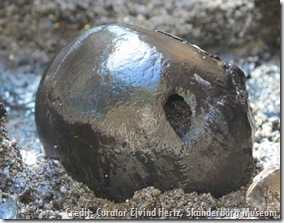
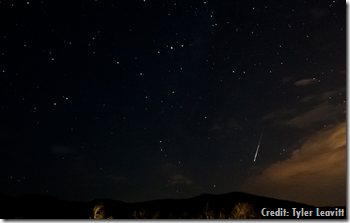
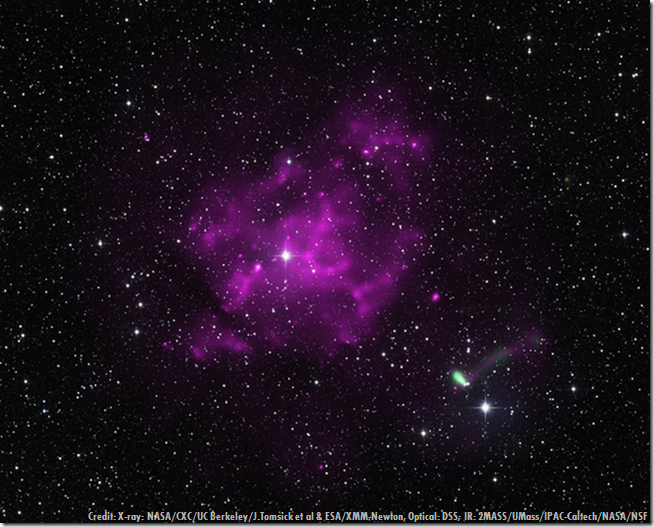
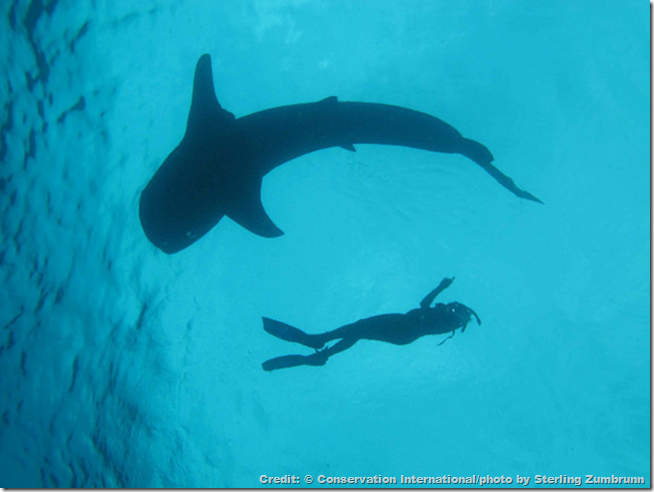


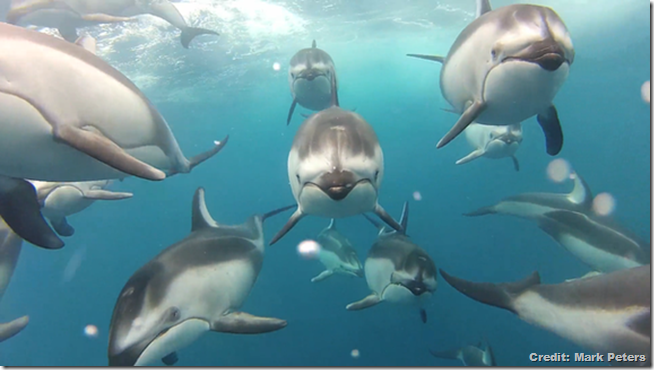

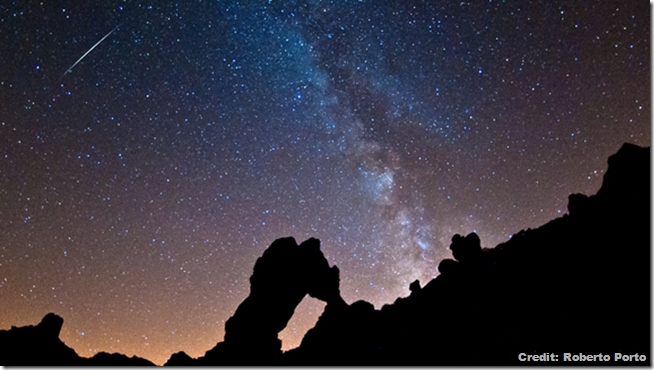
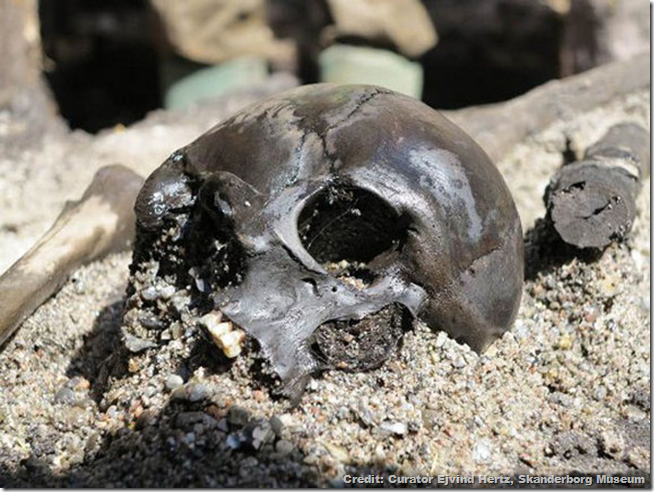
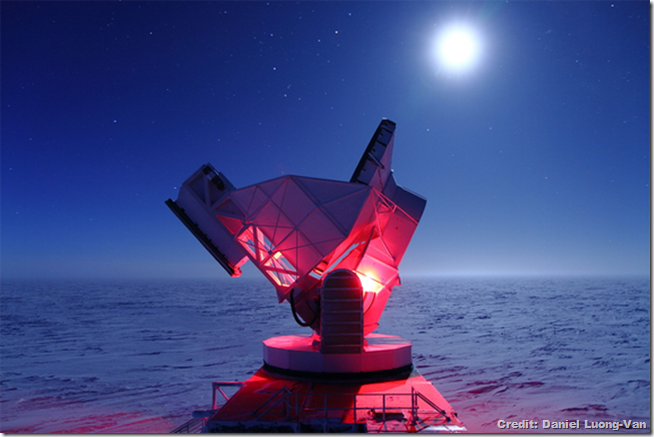
No comments:
Post a Comment
Please adhere to proper blog etiquette when posting your comments. This blog owner will exercise his absolution discretion in allowing or rejecting any comments that are deemed seditious, defamatory, libelous, racist, vulgar, insulting, and other remarks that exhibit similar characteristics. If you insist on using anonymous comments, please write your name or other IDs at the end of your message.